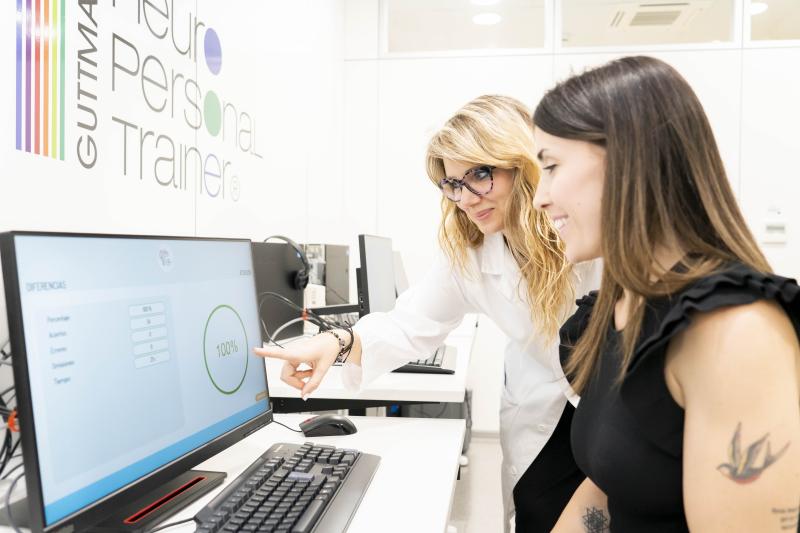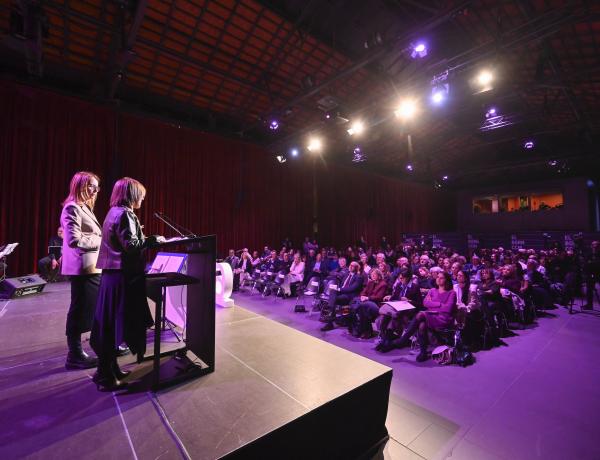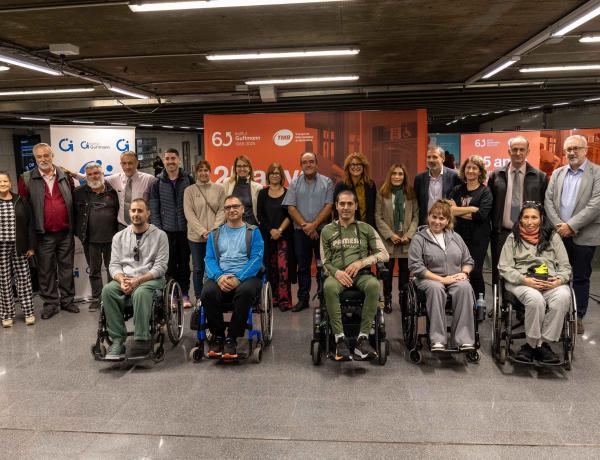A study demonstrates the benefits of cognitive rehabilitation with the Guttmann NeuroPersonalTrainer tool in patients with multiple sclerosis
A study demonstrates the benefits of cognitive rehabilitation with the Guttmann NeuroPersonalTrainer tool in patients with multiple sclerosis

The intervention improves verbal memory and promotes neuroplastic changes in brain networks related to cognition
A team of professionals from different centres in Catalonia has published a study in NeuroImage: Clinical demonstrating the efficacy of cognitive rehabilitation with the Guttmann NeuroPersonalTrainer (GNPT) tool in people with multiple sclerosis (MS). The study, carried out at the Hospital Clínic de Barcelona, concludes that cognitive rehabilitation using GNPT in MS patients not only has a positive effect on verbal memory, but also increases the connectivity of brain networks related to cognition. The findings reinforce the value of cognitive rehabilitation as a tool for the improvement of cognitive skills and neural plasticity, supporting its usefulness as a reliable intervention for the clinical management of cognitive deficits in MS patients.
The trial aimed to assess whether PTGN rehabilitation improves cognitive function and induces measurable changes in brain connectivity in MS patients. Seventy patients diagnosed with MS were divided into two groups: one group received active cognitive treatment, with exercises of increasing difficulty adapted to their individual performance, and a control group received low-intensity static treatment. The training was conducted for 12 weeks and cognitive functions were assessed before and after the programme, as well as at the 10-month follow-up. In addition, brain MRI scans were performed before and after the intervention.
Significant findings on verbal memory and brain connectivity
The results show that 55% of patients receiving the active treatment significantly improved their verbal memory, compared to 34% of the control group. Although a partial decrease in cognitive performance was observed after 10 months (-25% in the active group and -17% in the static group), the level of verbal memory remained above the initial scores before the intervention, indicating a sustained effect in the medium term.
This improvement was accompanied by an increase in the connectivity of brain networks associated with cognition, particularly in multimodal regions involved in memory and information processing. These changes were more pronounced in the active treatment group and in those with more severe cognitive impairment. 'This demonstrates that cognitive rehabilitation can lead to structural changes in neural networks, reflecting an increase in brain plasticity,' explains Dr Rocío Sánchez-Carrión, a neuropsychologist at the Institut Guttmann specialising in neuropsychological rehabilitation and cognitive telerehabilitation.
It was also found that the efficacy of the treatment changed depending on the degree of cognitive impairment. Participants with severe cognitive impairment only had significant improvements with active treatment, while those with mild impairment experienced improvements with both types of treatment. ‘This underlines the importance of tailoring the intensity of cognitive intervention to the needs of each patient and reinforces the value of personalised solutions such as GNPT,’ concludes Sánchez-Carrión.




